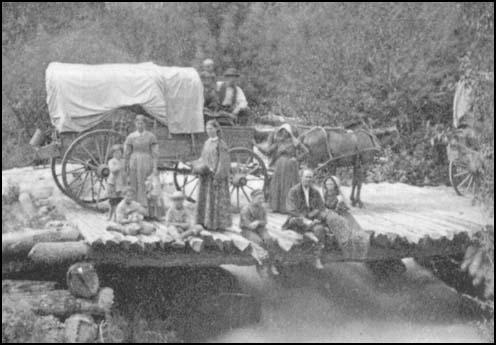Mules
The mule is the offspring of a jackass and a female horse. Although officially a hinny, the offspring of a female ass and a stallion is also generally known as a mule. Mules in the American West pulled wagons, ploughs, canal boats and streetcars. They also worked on sugar and cotton plantations. Some mountain men also preferred to ride mules than horses.
Overland travellers from the Missouri River to to California and Oregon used mules, oxen and horses to pull their wagons. The most popular animal with emigrants was the ox. It was cheaper, stronger and easier to work than horses or mules. They were also less likely to be stolen by Native Americans on the journey and would be more useful as a farm animal when you reached your destination. Oxen were able to exist on sparse vegetation and were less likely to stray from camp. The main argument against oxen was that they could become reckless when hot and thirsty and were known to cause stampedes in a rush to reach water.
Between 1840 and 1860 more than half of the animals used to pull the wagons were oxen. Probably the major reason for this was that an ox cost $25 in the 1840s whereas mules were $75. During the early stages of this migration, mules were the second most popular animal with the emigrants. Later, horses replaced mules as the second choice for pulling wagons.

